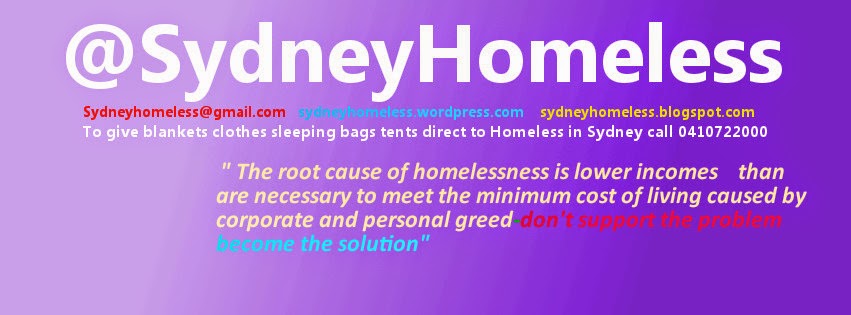The 1950s saw the growth of mobility in Australia thanks in no small part to post WW2 prosperity,driven in no small part by Australia's now questionable participation in Korean and Malayan Wars. Mobility was perhaps personified by the FJ Holden and caravan.Rugged construction for rugged roads in a harsh rugged country--or so the legend goes.This was Australia as Australians first saw themselves on television back in 1957.Of course I don't remember that-but many do.
The 1950s also saw the rise and rise of that relic of motoring history and reminder of Nazism,the Volkswagen Kombi, immortalised by hippydom in the 60s and 70s as the vehicle of choice of the flower power movement.In water deprived Australia there was the mechanical advantage of an air cooled engine,which if a transplant was needed took an amateur about half a day-with a minimum of tools a manual and a bit of luck.
There was the preferred ride of the generation of Aussie Surfers the CF Bedford surfmobile -often radically customised to meet the status aims and girl pulling desires of the surfer or surf wannabe owner. Other surfwagons included the long defunct Valiant/Dodge Wayfarer Ford Falcon and Holden Panelvans.
These relics of days gone by were the result of a society with surplus disposable incomes, affordable housing and finanacial security -and governments which governed for and feared the wrath of the voting public. Like these vehicles legendary vehicles governments who cared one scintilla about people are also a relic in the past as at State and Federal Levels people choose between the pro business Coalition and pro business Labor Parties -like selecting which brand of cigarettes to kill yourself with.

Todays Australia is one of Politicians fixated with serving the interests of international economics .A national government allowing corporate exploitation of a hapless and increasingly helpless Australian public drowning under the combined effects of greedy international (and local) banker and industrialist types. A government allowing ripoff merchants masquerading as businessmen carte blanche to exploit people mercilessly. Industrial commercial and financial interests-aided and abetted by anti-worker anti-environmental laws mercilessly and cheaply raping the countrys resources for short term capital gain. In todays Australia we frequently hear the voices of the bush lamenting the lack of labour -but the bush has an earned reputation for underpaying. Not of course according to wageslavery awards, but according to what is fair necessary and equitable for diligent workers to earn to enjoy the fruits of their labour. This bush mindset has successfully permeated its way into the mainstream of Australian Workplace Relations thanks in no small part to the with the attendant negative social consequences as more workers daily fall beneath the ever rising bar which is the real poverty line -that confluence point between wageslavery regulated incomes and unregulated living costs. Inevitably under these circumstances, there is a rise in homelessness and at risk of homelessness.
This is the light in which we must view housing affordability as well as the affordability of Taxpayer Funded social housing.If adequate social accommodation acceptable to homeless people is to be provided, then we need to reposition our perspective of what constitutes adequate housing. For transient workers,the obvious solution is Mobile Homes. As a social housing alternative,they may well provide governments with a viable solution to the escalating costs of housing.The unit shown at left is for sale at less than $100,000 and sleeps 2 adults and two children comfortably-with all the bells and whistles- compared with at least $300thousand to provide a basic home. In fact,theres an abundance of 2/4 person mobile homes available between $50thousand and $100,000. Options such as rent-to-own can provide the security of tenure and ownership absent for todays marginalised.Such an option could logically target those with itinerant work lifestyles or ambitions who follow seasonal or other itinerant work cycles across the country, boosting worker availability in the remotest locations.






